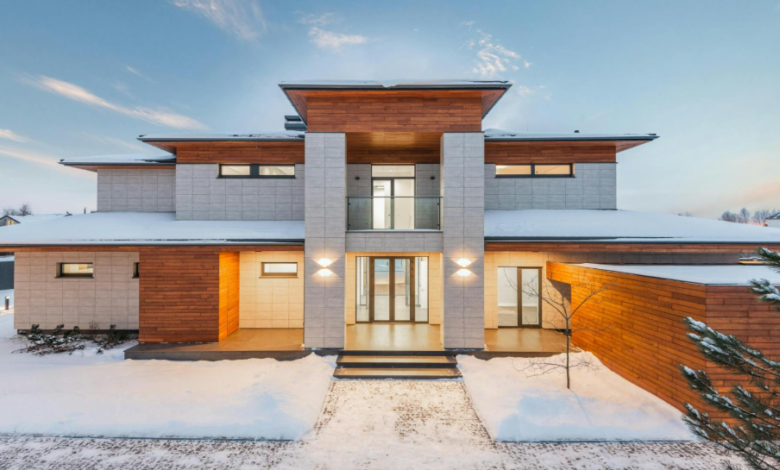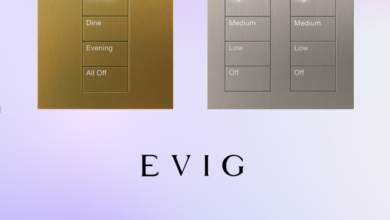Comparing External Cladding Options: Brick Slips, Render, Timber

Choosing the right external cladding has never been more critical in contemporary architecture and construction. Beyond aesthetic appeal, external cladding serves as an essential layer for insulating buildings, protecting against weather impacts, and enhancing long-term durability. Brick slips, render, and timber cladding are among the most popular choices today, each offering distinct advantages depending on project requirements and design context.
Overview of External Cladding Materials
External cladding is applied to the outside of walls to shield buildings from elements and improve their appearance. It comes in many forms, but three of the most widely adopted materials are brick slips, render, and timber. They differ in cost, maintenance needs, and thermal efficiency, which makes understanding their unique attributes essential before making an informed decision.
In modern construction, cladding plays a dual role — it elevates visual design while contributing to energy performance. A building’s exterior is constantly subjected to environmental changes, and cladding ensures long-lasting property resilience. Professionals looking to streamline estimations for various cladding options might consider using construction cost services such as estimedes.co.uk/en, which specializes in professional estimating services for construction projects.
See also: Portuguese Translation Agency vs. Freelancers: Pros & Cons
Advantages and Disadvantages of Brick Slips
Brick slips are thin slices of real brick designed to replicate the appearance of full bricks. Their lightweight nature significantly reduces installation time and structural load, making them a practical choice for both renovations and new builds. Brick slips provide strong weather resistance, fire safety, and minimal maintenance, positioning them as a dependable exterior solution.
Despite their many strengths, brick slips do come with certain drawbacks. They are typically more expensive than other cladding types and may offer fewer insulation benefits unless installed with additional insulating layers. There are also limitations in design flexibility, as colors and formats tend to resemble traditional brickwork. For detailed material comparisons and cost breakdowns, visit: estimedes.co.uk/en.
Benefits and Challenges of Render Cladding
Render cladding involves applying a coat of cement, polymer, or silicone mixture directly onto the building’s surface. This technique creates a smooth and uniform look that fits well with modern architectural styles. Render is highly customizable in terms of color and texture, making it ideal for enhancing visual appeal while covering imperfections in substrates.
However, render is not without its challenges. Cracking over time due to structural movement or moisture infiltration is fairly common. In colder climates, where freeze-thaw cycles are frequent, the longevity of render may be compromised without proper application techniques. Maintenance is another consideration; some forms of render require repainting or sealing every few years to maintain their finish.
- Silicone render offers high breathability and low maintenance
- Acrylic render provides flexibility but may be less moisture-resistant
- Cement render is durable but prone to cracking
Timber Cladding: Features and Considerations
Timber cladding remains a favorite for those seeking a natural, eco-friendly aesthetic. Common species used include cedar, larch, and thermally modified wood, which offer varying levels of decay resistance and longevity. Properly installed timber cladding can last decades while blending harmoniously with rural or contemporary settings. It also contributes positively to carbon reduction initiatives due to its renewable nature.
On the flip side, timber requires consistent upkeep to prevent warping, fading, and rot. Treatment with preservatives and regular staining or painting is essential to maintain visual quality and structural strength. Additionally, installation costs can vary greatly depending on the selected wood type and cladding profile. When planning timber projects, firms like estimedes.co.uk/en support accurate evaluation of material quantities and execution costs, ensuring budget control from concept to completion.
Choosing the Right Cladding for Your Project
Selecting the appropriate cladding material depends on several variables, including building location, architectural design, environmental performance, and budget. Brick slips are excellent for delivering a traditional facade with robust durability. Render accommodates modern aesthetics with flexible design choices. On the other hand, timber imparts a natural warmth and sustainability factor unmatched by most synthetic materials.
Cost estimation and time efficiency are crucial in decision-making around cladding materials. Companies such as estimedes.co.uk/en offer precise budget forecasts through professional estimating services for construction projects. These services help stakeholders avoid unexpected expenses and maintain project timelines. Comparing life cycle costs and maintenance demands before committing to a cladding option ensures long-term satisfaction and performance.


